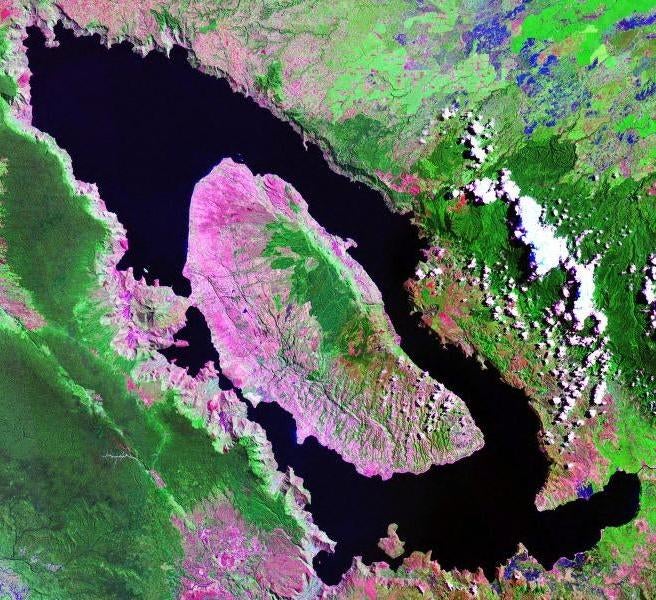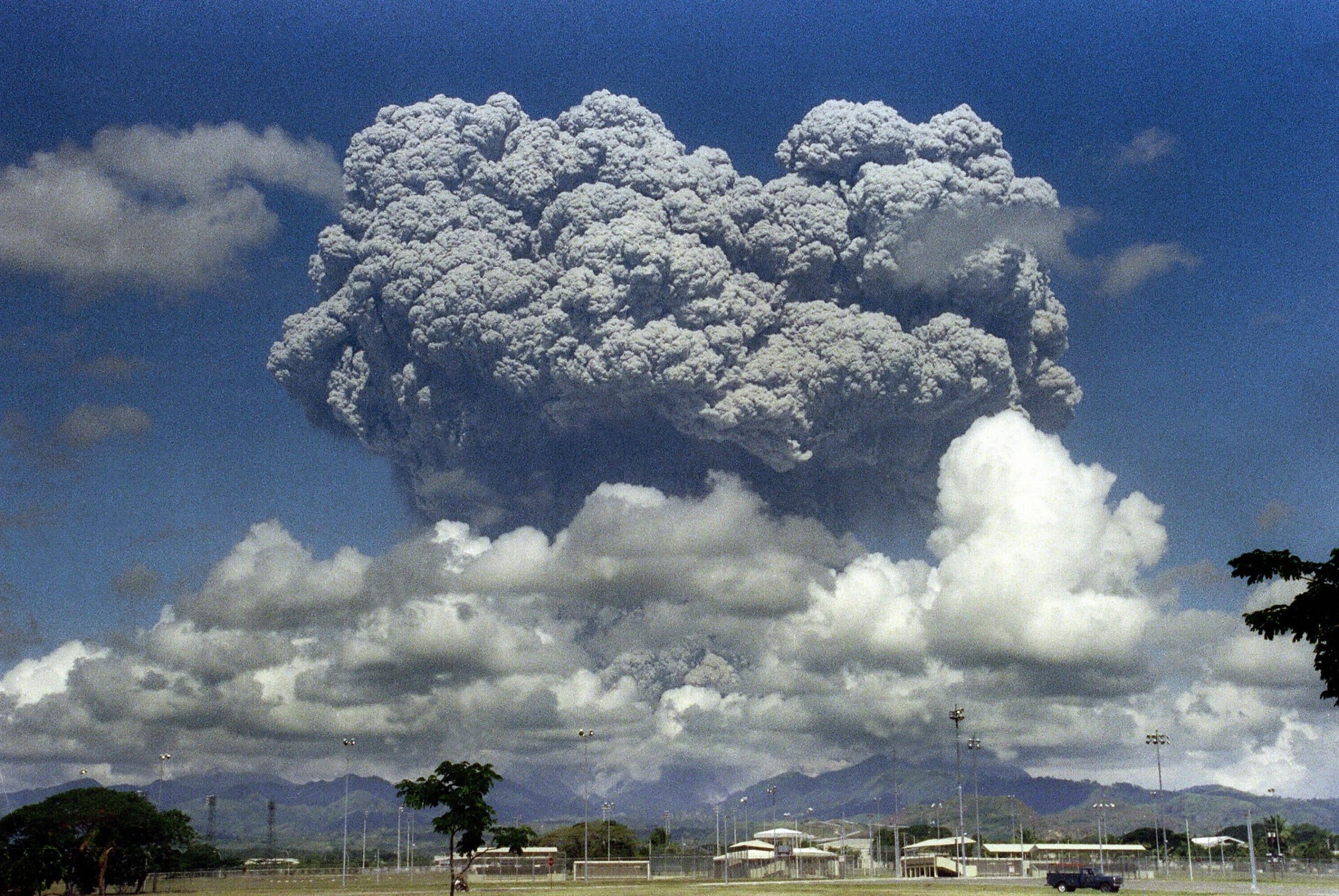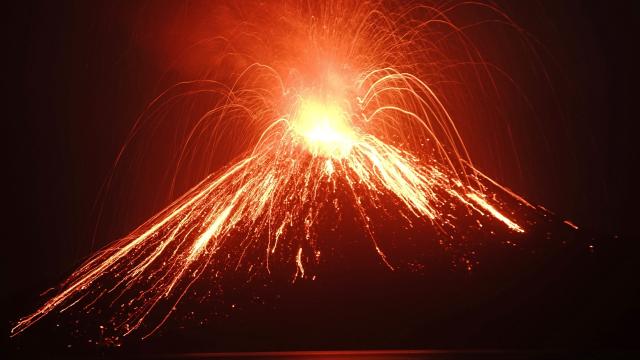The Toba super-eruption of some 74,000 years ago has long intrigued scientists, who remain uncertain about how the event affected humans living at the time. Now, a team of researchers suggest that the real damage from Toba came from on high, in the form of a depleted ozone layer induced by a massive release of sulphur dioxide.
The research, published in the Nature journal Communications Earth & Environment, explores how the gas released by the eruption in Indonesia filtered throughout the planet, particularly poking holes in the protective ozone over Earth’s tropics. A longstanding theory of the Toba eruption is that the blast and an ensuing volcanic winter made life hard for humanity and even created a population bottleneck in our species, slowing population growth and perhaps stalling some human migration out of Africa. More recent work has shown that some humans continued life as usual in South Africa in the eruption’s aftermath, and stone tools dated to roughly either side of the eruption have been found in Africa and India. Obviously, the human species survived this cataclysm, but whether it significantly reduced our numbers back then remains an open question.
“Toba has long been posited as a cause of the bottleneck, but initial investigations into the climate variables of temperature and precipitation provided no concrete evidence of a devastating effect on humankind,” said Sergey Osipov, an atmospheric chemist at the Max Planck Institute for Chemistry and lead author of the new study, in a press release. In their recent paper, Osipov’s team contends that the impacts of the supervolcano’s eruption could be measured in the ultraviolet radiation Earthlings were exposed to when a hole was bored in the ozone, rather than in the cooling effects of a “volcanic winter” that have long been suggested.

Volcanic eruptions have much broader implications than their spewed lava and superheated pyroclastic flows. Their smoke plumes can shoot up tens of thousands of feet and get picked up by Earth’s winds, carrying ash and gases around the world. Our atmosphere has been clouded by volcanic debris plenty of times: Recently there was Mt. Pinatubo’s climatological disruption in 1991; in the relatively less-recent past there was the Okmok blast of 43 BCE, which may have unsettled folks as far afield as Rome. But these huge eruptions are put to shame by Toba, which instantaneously blasted 2,000 megatons of sulphur dioxide — 100 times the amount put out by Pinatubo — into the atmosphere. The research team suggests that this gas may have messed with Earth’s protective oxygen shield, making organisms on the ground more vulnerable to radiation from space.
“The ozone layer prevents high levels of harmful UV radiation reaching the surface,” Osipov said. “To generate ozone from oxygen in the atmosphere, photons are needed to break the O2 bond. When a volcano releases vast amounts of sulphur dioxide, the resulting volcanic plume absorbs UV radiation but blocks sunlight. This limits ozone formation, creating an ozone hole and heightening the chances of UV stress.”

Using a climate model developed by NASA, the research team calculated how the eruption may have impacted global climate cycles and, based on the amount of sulphur dioxide that may have been released by the supervolcano’s eruption, how the ozone layer may have been affected. They ran the model on a supercomputer at King Abdullah University of Science and Technology in Saudi Arabia. By their modelling, the team estimates that the supervolcano could have halved ozone levels globally, which would have made life “similar to the aftermath of a nuclear war,” according to Osipov. They calculated that the maximum daily UV index would’ve increased by nearly 150%, causing crop yields to plummet and sunburns to the eyes and skin from even brief exposures.
It’s not like we’ll find 74,000-year-old human remains with obvious sunburns to back up this hypothesis, so these findings remain in the realm of educated speculation. But as modelling improves and other forms of evidence turn up, our understanding of this super-eruption will continue to become clearer.
